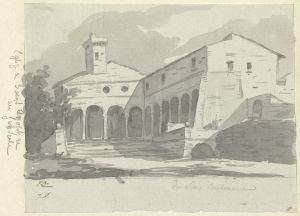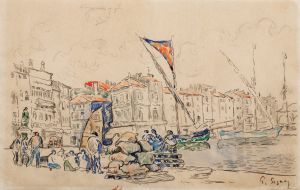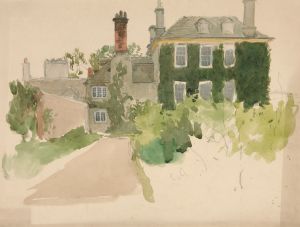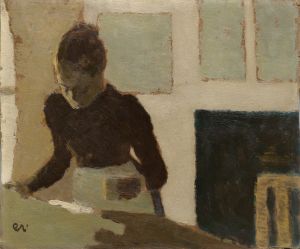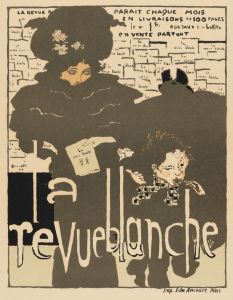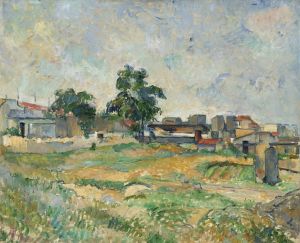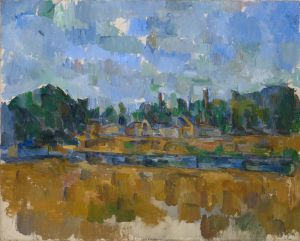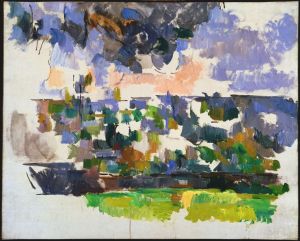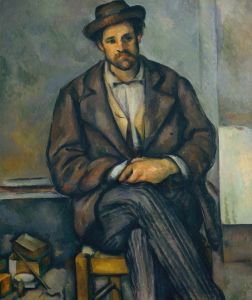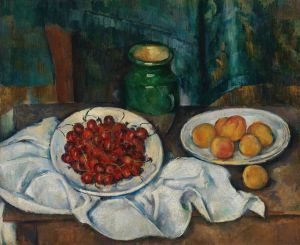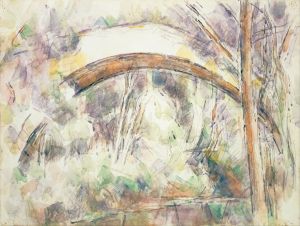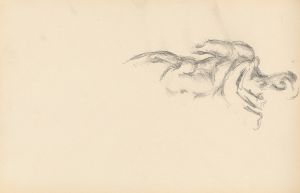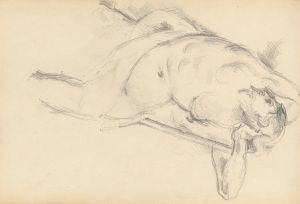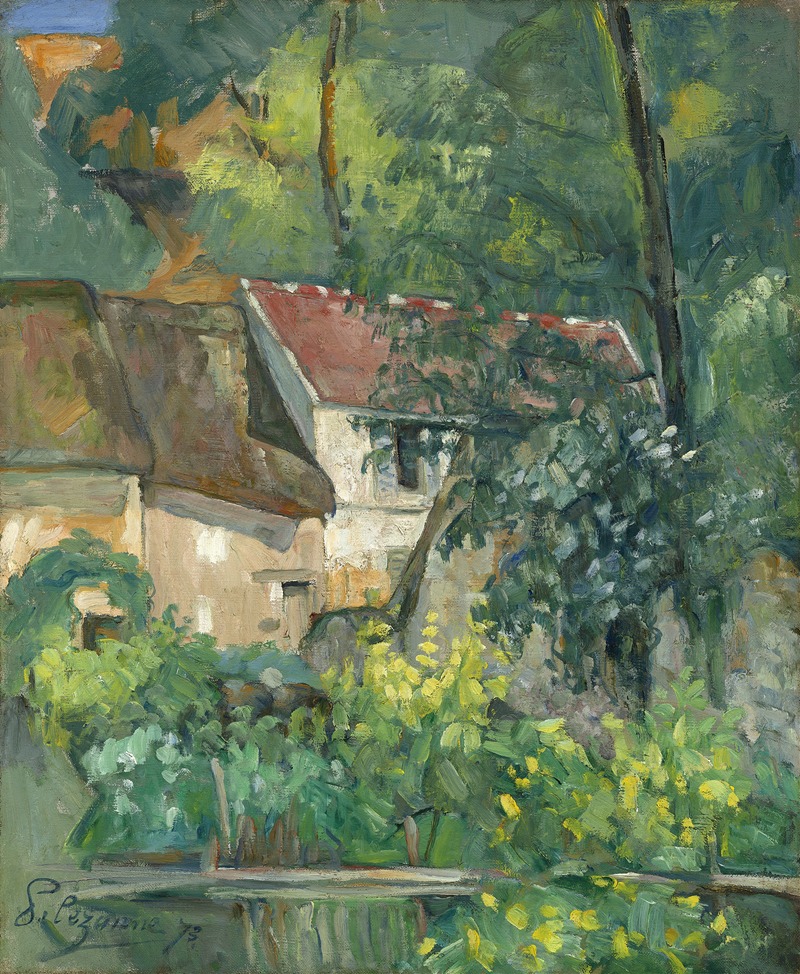
House of Père Lacroix
A hand-painted replica of Paul Cézanne’s masterpiece House of Père Lacroix, meticulously crafted by professional artists to capture the true essence of the original. Each piece is created with museum-quality canvas and rare mineral pigments, carefully painted by experienced artists with delicate brushstrokes and rich, layered colors to perfectly recreate the texture of the original artwork. Unlike machine-printed reproductions, this hand-painted version brings the painting to life, infused with the artist’s emotions and skill in every stroke. Whether for personal collection or home decoration, it instantly elevates the artistic atmosphere of any space.
Paul Cézanne's "House of Père Lacroix" is an exemplary work that reflects the artist's transition from Impressionism to Post-Impressionism, showcasing his unique approach to form and color. Painted in 1873, this artwork is part of a series of landscapes Cézanne created during his stay in Auvers-sur-Oise, a small village in France that was a popular location for artists of the time, including Vincent van Gogh.
The painting depicts the house of Père Lacroix, a local figure in Auvers-sur-Oise. Cézanne's choice of subject matter reflects his interest in capturing the essence of rural life and the interplay between natural and man-made structures. The composition is characterized by its structured brushwork and the use of geometric forms, which became a hallmark of Cézanne's style. This approach marked a departure from the fluid and spontaneous brushstrokes of the Impressionists, indicating Cézanne's evolving artistic vision.
In "House of Père Lacroix," Cézanne employs a palette of muted earth tones, with greens, browns, and blues dominating the scene. This choice of colors contributes to the painting's serene and contemplative mood. The house itself is rendered with a solidity and weight that contrasts with the more ephemeral treatment of the surrounding foliage and sky. Cézanne's technique involves layering colors to build up the surface of the canvas, creating a sense of depth and volume that was innovative for his time.
Cézanne's work on this painting demonstrates his interest in the underlying structure of the natural world. He was known for his meticulous observation and his desire to capture the fundamental shapes that make up the landscape. This analytical approach is evident in the way he simplifies the forms of the house and trees, reducing them to their basic geometric components. This method would later influence the development of Cubism, as artists like Pablo Picasso and Georges Braque drew inspiration from Cézanne's exploration of form and perspective.
"House of Père Lacroix" is significant not only for its aesthetic qualities but also for its role in Cézanne's artistic development. During the time he painted this work, Cézanne was moving away from the Impressionist circle and beginning to forge his own path. His focus on structure and form laid the groundwork for his later masterpieces and solidified his reputation as a pivotal figure in the transition to modern art.
Today, "House of Père Lacroix" is held in high regard as an example of Cézanne's innovative approach to landscape painting. It is housed in various collections and has been exhibited in numerous retrospectives dedicated to the artist's work. The painting continues to be studied and admired for its contribution to the evolution of art in the late 19th and early 20th centuries, highlighting Cézanne's enduring influence on generations of artists.





